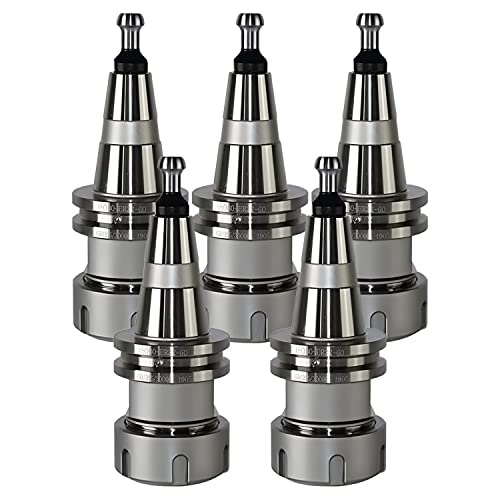Ok thank youI don't think marine compound engines generally had flywheels.
I would not add a flywheel unless there was a problem that required it.
.
Chris

Ok thank youI don't think marine compound engines generally had flywheels.
I would not add a flywheel unless there was a problem that required it.
.
Thank you for your workI think you are on the right track.
.
Hi charles another questionThe more I see of this engine, the more I am impressed with the quality of its design and construction. Your balsa lifting link looks about right. In an engine of this quality the links might be made with split bronze bearing blocks both ends. It looks as though you will need four of them. They need to be a good fit on the pins as they take a surprising amount of alternating load when the engine is running. If they are at all loose the whole valve gear jiggles about and makes a lot of clatter.
It looked like that first if it helpsI disagree Green T. I have seen marine twins with small flywheels, both simple pressure and compound. Admittedly the diameter of the flywheel is probably less than 1 1/2 times the stroke, unlike large flywheels on Mill engines, etc. Often solid and relatively massive though, especially where there is just a single H.P. cylinder on a compound, that probably has a "starter" steam feed to the L.P. cylinder. Otherwise the single H.P. cylinder acts like a single that can stall at end-of-stroke,
.But there may be some simple twins with 90 degree cranks that have no flywheels.
K2
![DreamPlan Home Design and Landscaping Software Free for Windows [PC Download]](https://m.media-amazon.com/images/I/51kvZH2dVLL._SL500_.jpg)







Thank you very much jasonThe eccentric most likely drove a feed pump which would top up the boiler to replace what was used in the form of steam
It is not a design I recognise so if it was a published one certainly not common. The valves between the cylinder are more difficult so that is why most models have them at either end and a lot of full size too. Muncaster did have a compound model design with the valves between cylinders but there are a lot of differences to your engine.
In full size makers like Thornycroft favoured that layout but they did not seem use cast standards
Hi charles i know what a condenser doesAs Jason says, it is probably for driving one or more pumps. Do you know what a condenser does? (If you do it will save an explanation.)
I don't know what the pad on the side of the HP cylinder barrel is for. It would be a very unusual place to mount a pump. It would be a good place for a mechanical cylinder lubricator. While a lubricator could also be driven by that eccentric, it would be a unusual arrangement.
Hi green twinI have seen some modern steam engines cast with very complex cores; the german guy, I forget his name, made his own design and had a foundry cast it in gray iron. It took two attempts by a professional foundry to get a complete fill.
Making the cores for one piston valve and one D-valve would not really be any different if they were located between the cylinders, or at the outsides of the cylinders. It would probably be easier to support the cores if they were located on the ends of the cylinders.
As far as machining, using a D-valve between the cylinders could make for some tricky machining, since you would have to reach in.
Like a 20hp Stanley steam auto engine, with two D-valves between the cylinders; you have to reach in to machine the valve faces.
Long castings can be tricky to fill, and you have to make sure one end does not solidify first and draw molten metal from the other end.
It is an impressive cylinder casting, in my opinion, and impressive machining too.
.
I thinkHi green twin
I saw actually the “ ports”. Filler and air
I shoot a pic
YeaParting lines maybe.
.
Aaaaaaa. Make senseThe condenser just condenses the exhaust steam.
The old engines from the 1840's, such as ship engines, used the vacuum created in the condenser to improve efficiency (perhaps all condensers improve efficiency).
You can reclaim the condensate (water) from the condenser and reuse it in the boiler, assuming you can get rid of the oil.
Oil in a boiler can make it foam, which is not a good thing.
In industrial areas with little access to large amounts of boiler feed water, condensers were a must.
.
Hi charlesI asked about condensers because if the engine had one it could typically have up to four pumps: a feed pump to put water in the boiler, a circulating pump to pump cooling water through the condenser, a so-called 'air-pump' to remove the condensate from the condenser, and a bilge pump.
Enter your email address to join: